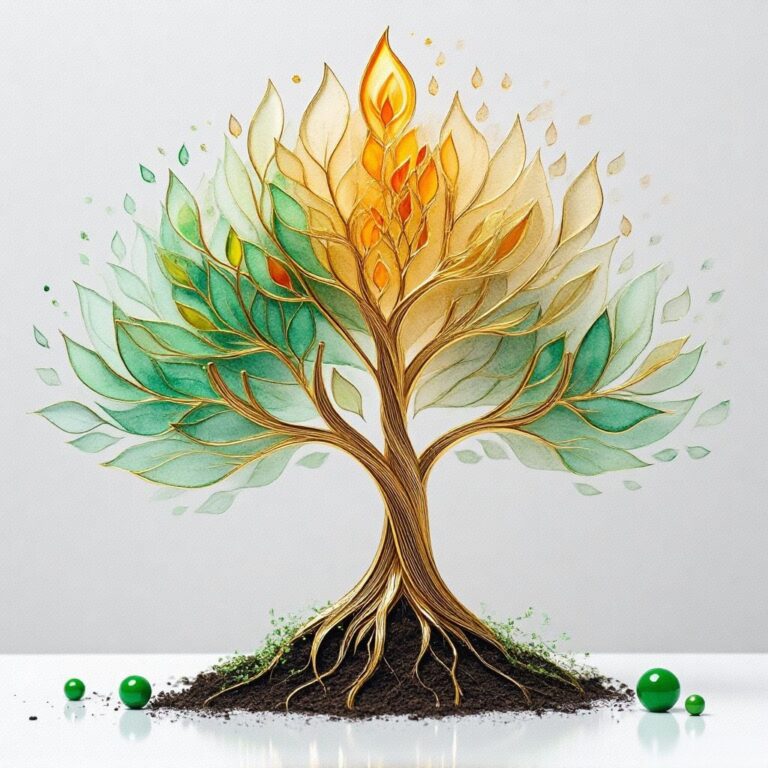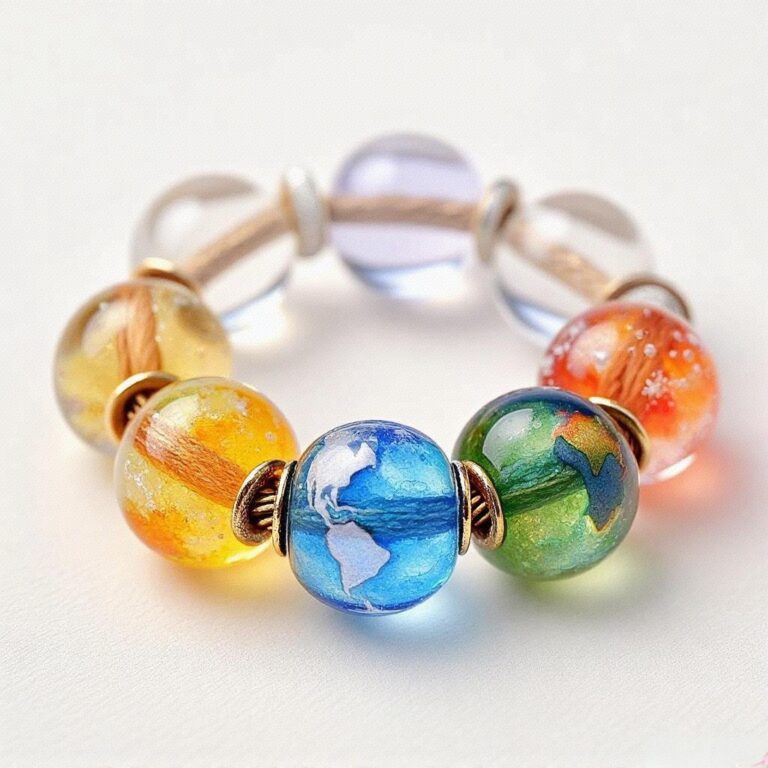Feng Shui, derived from ancient Chinese philosophy, focuses on harmonizing individuals with their environment through spatial arrangement, including the strategic use of plants to enhance luck, prosperity, and positive energy flow. This report delves into the top 10 plants widely recognized for their auspicious properties in Feng Shui, providing a detailed analysis of their symbolism, placement, and benefits, ensuring a thorough understanding for enthusiasts and practitioners.
Understanding Feng Shui and Plants for Good Luck
Feng Shui, meaning “wind and water,” aims to optimize the flow of Qi, or energy, in living spaces. Plants are integral, symbolizing growth and vitality, and are believed to attract wealth, fortune, and harmony. The selection of plants for good luck is often based on their leaf shape, color, and elemental associations, with round-leaved plants like the Jade Plant and Chinese Money Plant being particularly favored for their coin-like appearance, symbolizing financial prosperity.
Top 10 Feng Shui Plants for Good Luck
The following table outlines the top 10 plants, their scientific names, symbolism, and recommended placement, based on extensive research from reliable sources:
| Plant Name | Scientific Name | Symbolism | Recommended Placement |
|---|---|---|---|
| Jade Plant | Crassula ovata | Wealth, prosperity | Southeast corner (wealth area) |
| Money Plant | Epipremnum aureum | Financial luck, positive energy | Southeast or near entrance |
| Lucky Bamboo | Dracaena sanderiana | Good fortune, happiness | East or southeast for growth |
| Peace Lily | Spathiphyllum | Peace, harmony, purification | Bedrooms or living rooms |
| Chinese Money Plant | Pilea peperomioides | Wealth, abundance | Wealth area or near entrance |
| Money Tree | Pachira aquatica | Wealth, unity | Southeast corner |
| Orchids | Various (e.g., Phalaenopsis) | Abundance, love, beauty | Bedrooms for relationships |
| Basil | Ocimum basilicum | Prosperity, well-being | Kitchen or near entrance |
| Jasmine | Jasminum sambac | Wealth, romance, fragrance | Near front door or bedroom |
| Rubber Plant | Ficus elastica | Abundance, prosperity | Wealth corner or near window |
These plants were selected based on their frequent mention in Feng Shui literature, such as The Spruce: Good and Bad Feng Shui Plants and LoveToKnow: 7 Lucky Indoor Plants, which highlight their roles in attracting positive energy.
Detailed Analysis of Each Plant
- Jade Plant (Crassula ovata): Known for its thick, green leaves resembling coins, it is a classic symbol of wealth. Research suggests placing it in the southeast corner enhances financial luck, as noted in Homes & Gardens: Where to Place a Jade Plant. Its evergreen nature symbolizes resilience, making it ideal for long-term prosperity.
- Money Plant (Epipremnum aureum): Also called Pothos, its trailing vines and heart-shaped leaves are believed to bring financial luck. It is low-maintenance, suitable for beginners, and often recommended for the wealth area, as per Lively Root: 17 Best Feng Shui Plants.
- Lucky Bamboo (Dracaena sanderiana): An unexpected detail is that the number of stalks influences its meaning, with three stalks for happiness and five for wealth, as detailed in The Spruce: Lucky Bamboo Care. It is often placed in the east for family harmony or southeast for wealth.
- Peace Lily (Spathiphyllum): Symbolizes peace and harmony, with white blooms representing purity. It is believed to convert negative energy to positive, making it ideal for bedrooms, as per The Stem: Best Feng Shui Plants for Good Fortune.
- Chinese Money Plant (Pilea peperomioides): Its round, coin-like leaves are thought to attract wealth, and its ease of propagation allows sharing, spreading luck, as noted in LoveToKnow: 7 Lucky Indoor Plants.
- Money Tree (Pachira aquatica): Often sold with a braided trunk, it symbolizes unity and balance, attracting wealth when placed in the southeast, as per Homes & Gardens: Where to Place a Money Tree.
- Orchids: Represent abundance and love, with colors like purple for wealth and pink for romance. They are suitable for bedrooms to enhance relationships, as per Homes & Gardens: How to Use Orchid Symbol in Feng Shui.
- Basil (Ocimum basilicum): Associated with prosperity, it is often placed in the kitchen or near the entrance for luck, as per The Spruce: Good and Bad Feng Shui Plants.
- Jasmine (Jasminum sambac): Its fragrance is believed to attract wealth and romance, best placed near the front door or bedroom, as per Homes & Gardens: Where to Place Jasmine.
- Rubber Plant (Ficus elastica): Symbolizes abundance with large, glossy leaves, promoting prosperity when placed in the wealth corner, as per Lively Root: 17 Best Feng Shui Plants.
Placement and Personalization
Placement is crucial, with the southeast corner often recommended for wealth-related plants like Jade Plant and Money Tree, while east-facing locations suit growth-oriented plants like Lucky Bamboo. Personal element and color preferences, based on birth elements, can also influence choices, adding flexibility, as noted in Find Your Best Personal Feng Shui Colors.
Controversies and Variations
There is some controversy around plants like Snake Plant, with sharp leaves considered potentially negative in Feng Shui, though some sources suggest protective benefits, highlighting the need for careful placement, as per Are Snake Plants Bad Feng Shui?. Citrus trees, while auspicious, are less commonly mentioned indoors, suggesting a focus on the listed 10 for indoor good luck.
Practical Tips for Using Plants
When applying these plants, consider:
- Balance: Avoid overwhelming spaces with too many plants; ensure they are healthy to maintain positive energy.
- Care: Each plant has specific needs, such as light and water, to thrive, as detailed in The Spruce: Good and Bad Feng Shui Plants.
- Personal Preferences: While traditional guidelines are key, how a plant makes you feel is crucial, reflecting modern interpretations in Feng Shui Color Series: Passion for Purple.
Conclusion
Learning about the best Feng Shui plants for good luck involves understanding their elemental associations, meanings, and practical applications in home design. By aligning these plants with the bagua map and considering personal elements, one can create a balanced, harmonious environment. This report provides a comprehensive overview, ensuring users have all necessary details to explore and apply Feng Shui plants effectively.



